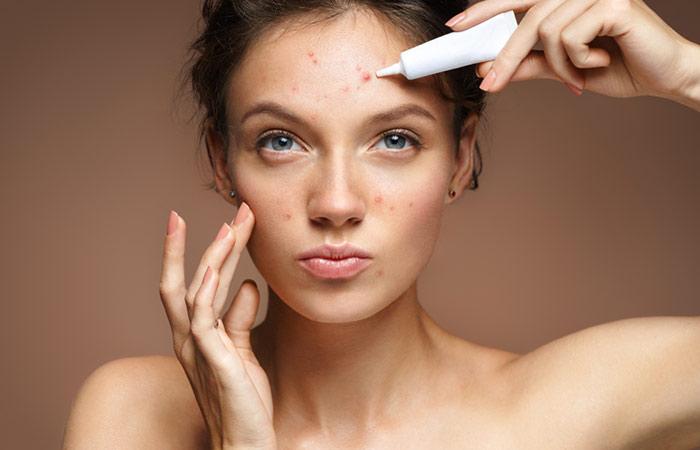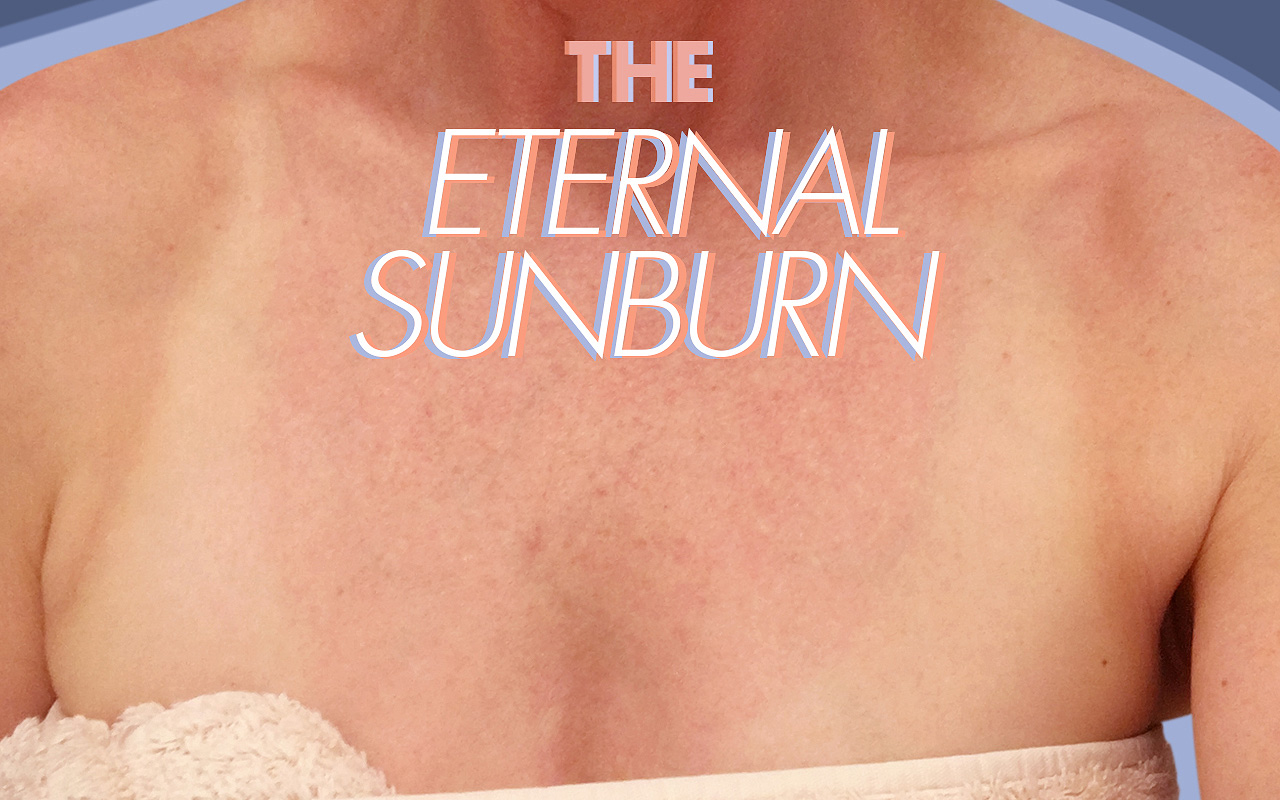Treatment of cystic acne
Home » » Treatment of cystic acneYour Treatment of cystic acne images are available in this site. Treatment of cystic acne are a topic that is being searched for and liked by netizens now. You can Get the Treatment of cystic acne files here. Get all royalty-free photos.
If you’re searching for treatment of cystic acne pictures information related to the treatment of cystic acne keyword, you have pay a visit to the right site. Our site always gives you hints for downloading the highest quality video and picture content, please kindly hunt and find more informative video articles and graphics that fit your interests.
Treatment Of Cystic Acne. From ice to aspirin masks, the internet seems to have a lot of ideas for how to treat cystic acne at home. You can collect some ice cubes from your fridge and apply it affected area. Antibiotic creams, gels solutions and lotions to kill bacteria and decrease inflammation. Doctors sometimes add oral antibiotics to a treatment plan.
 Adult Acne Causes, Symptoms, And Treatments From stylecraze.com
Adult Acne Causes, Symptoms, And Treatments From stylecraze.com
Antibiotic creams, gels solutions and lotions to kill bacteria and decrease inflammation. The three primary groups of drugs used to treat cystic acne are systemic antibiotics, systemic hormonal or antiandrogen therapy, and systemic retinoids. Oral antibiotics to help control bacteria. Stubborn cases may require corticosteroid injections or surgery. A variety of home remedies such as baking soda, various masks, apple cider vinegar, and tea tree oil have been recommended for cystic acne, and often one may find testimonials for these remedies online, especially on the web sites selling these supplements or alternative therapies. The cysts can be as small as.
Doctors sometimes add oral antibiotics to a treatment plan.
The standard treatment for cystic acne involves a combination of topical and oral medications that address several factors that contribute to the condition. The three primary groups of drugs used to treat cystic acne are systemic antibiotics, systemic hormonal or antiandrogen therapy, and systemic retinoids. Cystic acne is challenging to treat, and dermatologists typically recommend a combination of oral and topical prescriptions and lifestyle changes that we wish came in a prescription form, such as. For years antibiotics were the most common treatment for cystic acne. Acne treatments for cystic acne chemical peels for cystic acne treatment a chemical peel is a procedure that is designed to help with increasing the rate of skin cell turnover, encouraging dead skin cells, debris, and dirt to be sloughed off more quickly than they would on their own. Less severe cases of nodulocystic acne, with only a few cystic lesions, are often treated with topical benzoyl peroxide or retinoids (tretinoin, adapalene, tazarotene), or a combination of the two.
 Source: blog.reneerouleau.com
Source: blog.reneerouleau.com
The cysts can be as small as. Your doctor will probably recommend one or more of these treatments: Acne treatments for cystic acne chemical peels for cystic acne treatment a chemical peel is a procedure that is designed to help with increasing the rate of skin cell turnover, encouraging dead skin cells, debris, and dirt to be sloughed off more quickly than they would on their own. Cystic acne can be very painful and leave scars. Less severe cases of nodulocystic acne, with only a few cystic lesions, are often treated with topical benzoyl peroxide or retinoids (tretinoin, adapalene, tazarotene), or a combination of the two.
 Source: medicalpicturesinfo.com
Source: medicalpicturesinfo.com
Your doctor will probably recommend one or more of these treatments: Antibiotics help control the infection; Doctors will sometimes administer oral corticosteroids initially to a patient who presents with severe acne. It lightenes the scars and helps to treat pimples and dark spots on our face and body. You can collect some ice cubes from your fridge and apply it affected area.
 Source: drmedicalcases.com
Source: drmedicalcases.com
Doctors sometimes add oral antibiotics to a treatment plan. Use the aloe vera gel from its plant and apply it daily on your face. Doctors will sometimes administer oral corticosteroids initially to a patient who presents with severe acne. Acne treatments for cystic acne chemical peels for cystic acne treatment a chemical peel is a procedure that is designed to help with increasing the rate of skin cell turnover, encouraging dead skin cells, debris, and dirt to be sloughed off more quickly than they would on their own. Your doctor will probably recommend one or more of these treatments:
 Source: cystpop.com
Source: cystpop.com
Antibiotic creams, gels solutions and lotions to kill bacteria and decrease inflammation. Doctors will sometimes administer oral corticosteroids initially to a patient who presents with severe acne. The three primary groups of drugs used to treat cystic acne are systemic antibiotics, systemic hormonal or antiandrogen therapy, and systemic retinoids. Cystic acne is challenging to treat, and dermatologists typically recommend a combination of oral and topical prescriptions and lifestyle changes that we wish came in a prescription form, such as. Use the aloe vera gel from its plant and apply it daily on your face.
 Source: youtube.com
Source: youtube.com
For years antibiotics were the most common treatment for cystic acne. Azelaic acid (azelex®, finacea®) or salicylic acid to kill bacteria and get rid of excess dead skin cells. Your doctor will probably recommend one or more of these treatments: Cysts can form when your pores get blocked and super irritated. That being said, it’s helpful to know what cystic acne treatments are potentially in store for you, starting with:
 Source: reequil.com
Source: reequil.com
Oral antibiotics to help control bacteria. Doctors will sometimes administer oral corticosteroids initially to a patient who presents with severe acne. There are many home remedies that may help in treating cystic acne, scars that are used to reduce them: Use the aloe vera gel from its plant and apply it daily on your face. These are often the first treatment method prescribed to those with cystic acne.
 Source: stylecraze.com
Source: stylecraze.com
Because cystic acne is less responsive to home treatments, it is wise to contact a dermatologist. Because cystic acne is less responsive to home treatments, it is wise to contact a dermatologist. Cystic acne can be very painful and leave scars. Less severe cases of nodulocystic acne, with only a few cystic lesions, are often treated with topical benzoyl peroxide or retinoids (tretinoin, adapalene, tazarotene), or a combination of the two. However, they must be used for only a short term to prevent the development of bacterial resistance.
 Source: mayoclinichealthsystem.org
Source: mayoclinichealthsystem.org
Potent ingestible medications containing isotretinoin may significantly improve your symptoms of severe acne by triggering a permanent clearing of zits and blackheads. For years antibiotics were the most common treatment for cystic acne. From ice to aspirin masks, the internet seems to have a lot of ideas for how to treat cystic acne at home. Antibiotic creams, gels solutions and lotions to kill bacteria and decrease inflammation. Potent ingestible medications containing isotretinoin may significantly improve your symptoms of severe acne by triggering a permanent clearing of zits and blackheads.
This site is an open community for users to submit their favorite wallpapers on the internet, all images or pictures in this website are for personal wallpaper use only, it is stricly prohibited to use this wallpaper for commercial purposes, if you are the author and find this image is shared without your permission, please kindly raise a DMCA report to Us.
If you find this site serviceableness, please support us by sharing this posts to your own social media accounts like Facebook, Instagram and so on or you can also save this blog page with the title treatment of cystic acne by using Ctrl + D for devices a laptop with a Windows operating system or Command + D for laptops with an Apple operating system. If you use a smartphone, you can also use the drawer menu of the browser you are using. Whether it’s a Windows, Mac, iOS or Android operating system, you will still be able to bookmark this website.